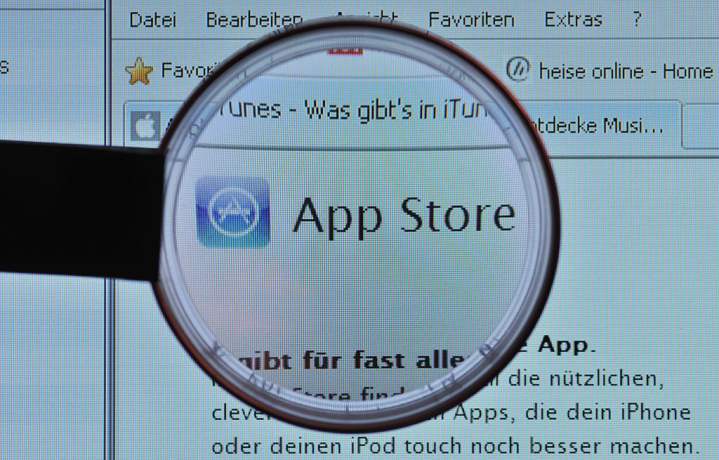
Apple is celebrating a big anniversary: Its App Store is officially 10 years old. To celebrate this momentous occasion, we’re looking back to see just how much the App Store has changed — as well as how it has changed us — over the past decade.
2007

Let’s start at the very beginning. In 2007, Steve Jobs announced the first iPhone. It was a splashy affair where Jobs showed off the phone, along with all of Apple’s productivity apps — many of which are still on the iPhone today. One app, however, was missing from the lineup: The Apple App Store had yet to be created.
Instead of allowing developers to create apps for the iPhone, Jobs wanted them to create web apps that would work on the phone. In his keynote, Jobs told the audience, “And so, you can write amazing Web 2.0 and Ajax apps that look exactly and behave exactly like apps on the iPhone. And these apps can integrate perfectly with iPhone services. They can make a call, they can send an email, they can look up a location on Google Maps. And guess what? There’s no SDK that you need!”
But things quickly changed. In October 2007, Apple officially announced the it would release an SDK by February 2008.
2008

True to its word, Apple releases an SDK in February 2008. Over the next few months, developers work furiously to create apps for the yet unannounced iPhone 3G.
And on July 10, 2008, the App Store came to life. With just 500 apps at launch, the App Store was a huge success and developers scurried to add more apps to the site.
2009

The iPhone 3GS officially hits the market. Along with an OS update, Apple allows developers to offer in-app purchases, creating what is now known as freemium apps.
2010

Apple releases its first tablet, also known as the iPad. It launches with 2,000 compatible apps including Netflix. Within three months, the number of apps available for the iPad will triple.
2011

The App Store launch on Mac OS is a staggering success, with more than 1 million app downloads on the first day alone. Within a few years, the App Store, along with faster broadband speeds, would make optical drives obsolete on consumer Mac hardware.
2015

Apple releases its first wearable, the Apple Watch. The App Store for the first-generation Apple Watch includes special apps that work as add-ons to the main app found on your iPhone.
In addition to the Apple Watch App Store, the Cupertino, California-based tech company also releases an App Store for its fourth-generation Apple TV.
2017

In 2017, the iPhone officially turned 10 years old. To commemorate the event, Apple not only released the stunning iPhone X, but a major redesign to the App Store as well.
Gone is the blocky design that had graced the App Store for years: In its place came an App Store with a refined magazine-style aesthetic.
The updated App Store app revolves around a new home page that offers articles, tips, and other curated content. There’s also more in-depth search options, along with pages showing the top apps and Editor’s Choice picks.
Today
On July 10, 2018, the App Store officially made its way into the double digits. It’s grown exponentially to include apps not just for the iPhone and iPad, but for MacOS and Apple Watch as well.
Ten years ago, the App Store started a revolution that has changed our world. For hundreds of millions of people, in ways too many to count, life is better because “There’s an app for that!” Happy 10th birthday, @AppStore!
— Tim Cook (@tim_cook) July 10, 2018
It’s not an understatement to say the App Store has experienced explosive growth during the past decade: It went from a humble 500 apps at launch to more than 2 million apps available today. App Annie, an app market data and insights firm, predicts more than 170 billion apps have been downloaded in the last eight years alone, representing more than $130 billion in customer spending.

